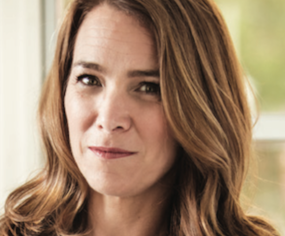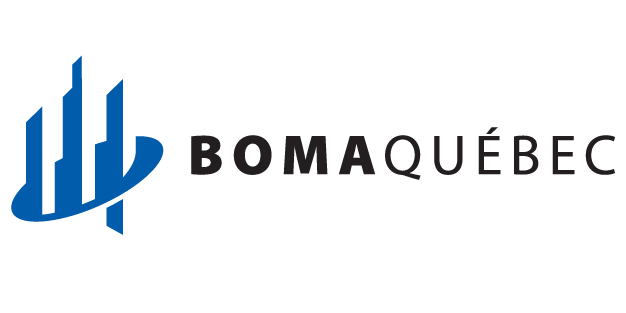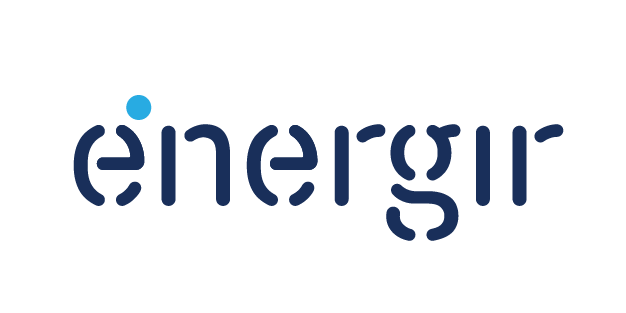 On January 26, 2023, the first edition of what is destined to become a key annual event for those involved in the energy transition of Quebec buildings took place. The aim of the initiative was to bring together property managers committed to drastically reducing their GHG emissions with various specialists who can support them in achieving that goal. Five companies were selected to present their innovations at the event. We invite you now to discover Marmott Énergies in this chat with the founder and president Nathalie H. Tremblay, interviewed by our BEC program director Mario Poirier.
On January 26, 2023, the first edition of what is destined to become a key annual event for those involved in the energy transition of Quebec buildings took place. The aim of the initiative was to bring together property managers committed to drastically reducing their GHG emissions with various specialists who can support them in achieving that goal. Five companies were selected to present their innovations at the event. We invite you now to discover Marmott Énergies in this chat with the founder and president Nathalie H. Tremblay, interviewed by our BEC program director Mario Poirier.
Mario Poirier: Please describe your firm.
Nathalie H. Tremblay: I founded Marmott Énergies in 2010 for the residential sector, and the company has grown considerably since. We began our incursion into the commercial sector in 2017, focusing on buildings that use standing column wells. We are licensed general contractors, specializing in plumbing and refrigeration. Our multidisciplinary team includes experts in geology, building mechanics and energy efficiency.
We offer a 100% turnkey approach from design to installation, including consulting and support in identifying the various sources of funding and subsidies available for each project. We carry out a complete assessment, providing a full, comprehensive picture on a case-by-case basis. We’re really in the design-build business, and as general contractors we master the cost chain.
M.P. Tell us about geothermal heat pumps.
N.T. It is a heat pump installed inside a building. There may in fact be one or several, depending on whether the strategy is centralized or not, and also on the type and purpose of the building. Instead of being connected to an air-cooled exchanger installed on the roof, the heat pump is connected to a geothermal exchanger in the ground, in the form of a column well drilled into the rock. That heats the building as though the outdoor temperature was always between 5 and 12 degrees Celsius.
M.P. And a heat pump implies heating and air conditioning.
N.T. Yes indeed, and even water preheating, which can be very interesting in commercial, industrial and multi-residential sectors that use a lot of hot water in their activities.
M.P. Are geothermal projects complex and costly?
N.T. Well, it’s perceived as being a big job involving heavy machinery for drilling, etc. But if you calculate the cost of a geothermal well versus the number of kilowatts/hour saved per year over a useful life of, say, fifty years, it’s really very advantageous. The initial investment requires capital, but there are a number of subsidies available to support companies, particularly on the government side, where the advantages are well known and geothermal energy is strongly encouraged for large buildings. There are also financial services to help finance investments in geothermal energy and amortize the cost, making it an OpEx rather than a CapEx.
M.P. Heat pumps have an output that varies with temperature, but geothermal energy is not influenced by outside temperatures. Does that lead to a more stable yield?
N.T. Yes, it does. You get virtually year-round stable performance, which is one of the great advantages of this technology. Overall it’s twice as efficient as an outdoor heat pump and three times as efficient as all-electric. For example, what cost $2,000 with an outdoor heat pump or $3,000 with an electric system would come down to $1,000 with a geothermal heat pump.
M.P. In physical terms it involves major installation and construction work. Does this system have a place in a city’s downtown core?
N.T. That’s a very good question and the answer is yes, absolutely, even if it may seem counter-intuitive. Manhattan, for example, is one of the cities with the highest number of such systems. It’s true that the work involves more constraints, but you have to bear in mind that it’s not a very lengthy job. We’re talking about two to three weeks, which isn’t much compared with other worksites. In itself, it’s no worse than redoing an outdoor parking lot, for example. These projects involve more collaboration with municipal officials to ensure regulatory compliance, but everything usually works out fine.
Geothermal energy has been around for a very long time. It is used in a multitude of contexts, and in North America alone there have been over 50,000 geothermal projects every year since 1965.
There have been fewer projects in northern environments, however. We were the first to do so in Canada. So it’s a lesser-known technology here, but knowledge is evolving very rapidly. There’s even a new research chair on column wells involving 35 researchers at Polytechnique Montréal to ensure the evolution and dissemination of best practices in the field.
As a recognized expert in the field, Marmott Énergies collaborates on many research projects with the Polytechnique, Concordia University, INRS and soon McGill University. Our firm also participates in the publication of numerous scientific articles, as well as articles for the general public. We are often asked to submit briefs or give talks at events related to geothermal energy, climate change or building energy efficiency.
M.P. What are the risks involved?
N.T. Of course, there’s no such thing as zero risk. It can happen that certain drilling conditions become so difficult that drilling cannot take place. We’re talking about 1 case in 200, so it’s still rare. We know the vulnerable locations for that type of situation, but in general it’s possible to anticipate problems.
In all large-scale projects we always carry out exploratory drilling so as to anticipate risks, assess the arrival and quantity of water, drilling lengths, the thermal capacity of the ground, etc. That initial step serves in fact to identify possible risks. Often that entire study phase of major projects, which includes the initial exploratory drilling, is subsidized. It’s very helpful.
M.P. So here’s a proven approach that certainly qualifies as a solution for helping to decarbonize buildings in Quebec.
N.T. Absolutely. We’re doing all the necessary investigations to minimize risks and optimize the investment so that it’s as advantageous as possible in terms of operating costs, compared to electricity or other technologies.
For more information on Marmott Énergies, visit www.marmottenergies.com







